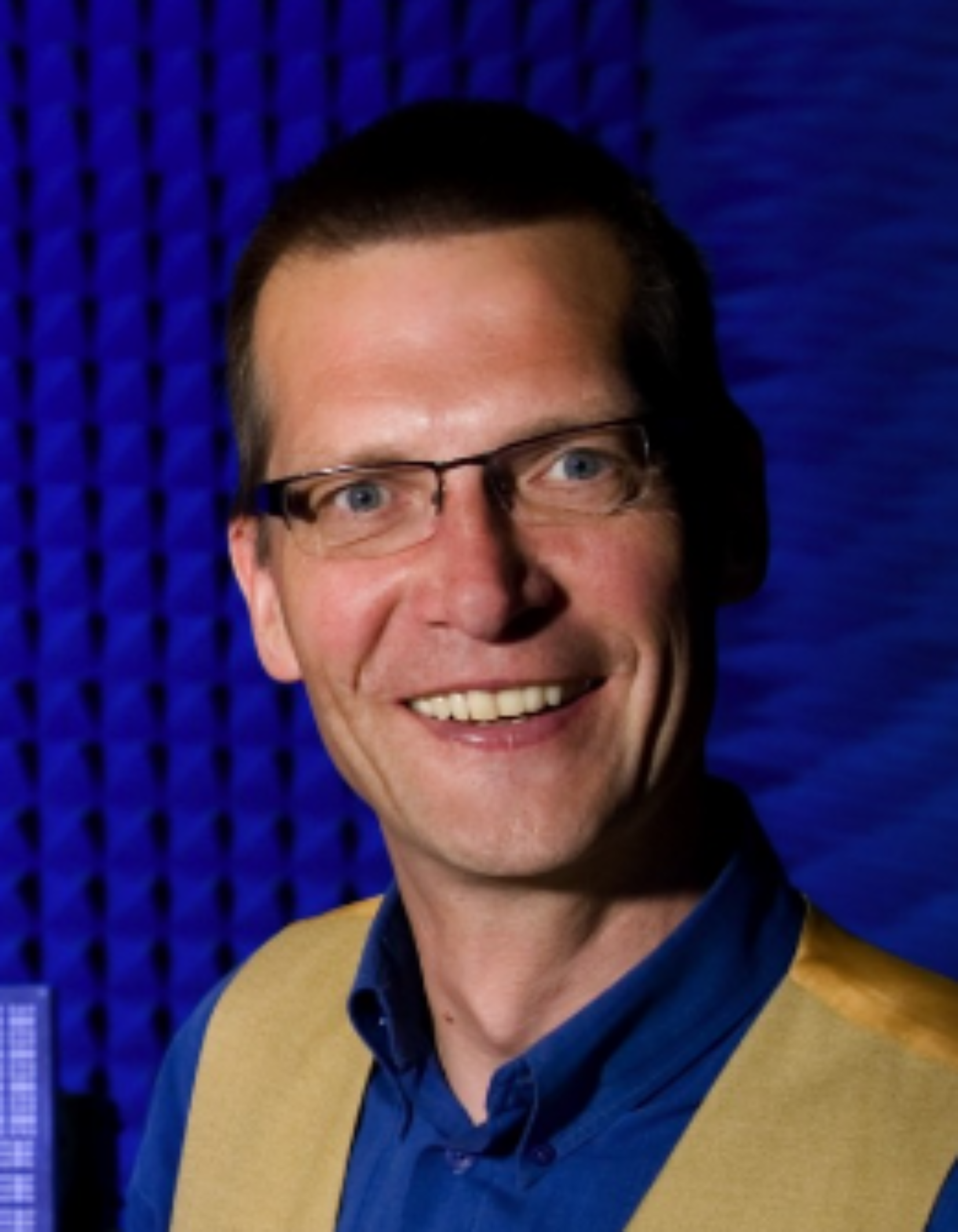Dirk Heberling

Dirk Heberling (born 15.08.1961) (M’03-SM’10) studied electrical engineering and graduated with a Dipl. Ing. degree from RWTH Aachen University, Aachen, Germany in 1987. There he also received the Dr. Ing. degree in 1993 for his thesis on conformal microstrip antennas.
From 1987 to 1993 he was employed as a scientist at the Institute for RF-Technologies, RWTH Aachen University. In 1993 he joined IMST GmbH, Kamp-Lintfort, Germany to establish a new Antenna Section and from 1995 to 2003 he was head of the Antennas Department, which was reorganized into the Department of Antennas and EMC in 1998. From 2003 to 2008 he took over the Department of Information and Communication Systems of IMST GmbH and in 2008 he moved to RWTH Aachen University where he is Head of the Institute and holder of the chair for High Frequency Technology. In addition 2016 he became director of the Fraunhofer Institute for High Frequency Physics and Radar Techniques, FHR.
Prof. Dr. Ing. Heberling is a member of VDE and from 1998 to 2017 he has been a member of the ITG expert group 7.1 “Antennen” which he directed as a chairman from 2002 to 2003 and from 2014 to 2017 again. During this time he was responsible as General Chairman and organizer of the international antenna conference INICA 2003, September 2003, Berlin and the German Microwave Conference GeMiC 2014, March 2014, Aachen. Since 1998 he has been a member of the European competence projects for antennas COST 260, COST 284, IC0603 and IC1102, from 2002 to 2007 he was the German delegate of COST 284 and from 2011 to 2016 the German delegate and secretary of IC1102. From 2002 to 2003 he was co-organizer of the European network of excellence on antennas ACE. He is member of the steering committee and organizing committee for the European Conference on Antennas and Propagation, EuCAP. From 2016 to 2019 he was member of the Board of Directors of the Antenna Measurement Techniques Association (AMTA) and became president in 2018 and senior member since 2020. 2016 he was elected for 4 years in the technical decision board (Fachkollegiat) of the German Reseach foundation DFG.
RIS – A key enabler for the next generation of mobile communication
Reconfigurable Intelligent Surfaces (RIS) are considered key enabler in the development of the next generation of mobile communications, as users demand greater mobile coverage at increasing data rates. Reflective surfaces are expected to enhance channel characteristics towards wireless terabit communication. This is particularly crucial as channel performance diminishes at sub-terahertz frequencies due to reduced diffraction effects. Unlike technologies incorporating an active transceiver architecture, passive RISs are designed to adapt to the physical layer only.
Known RIS concepts utilize either resonant cell or metamaterial-based scattering elements, whose reflection phase will be configured to suit collimating or focusing propagation scenarios. More advanced transmitting surfaces could complement antenna arrays to the point where complexity in active multiport transceivers will be reduced. This includes polarization diversity and time-modulation schemes enabled by RIS.
Current research problems fall into three main categories. Firstly, the ideal design of RIS necessitates low-loss continuous 360°-phase-steerable unit cells capable of adapting to both near and far-field conditions simultaneously. While solutions are available in the sub-6-GHz frequency spectrum, designing such unit cells at mm-wave frequencies reveals many challenges. Secondly, measuring RIS in controlled environments, such as measurement chambers, requires the development of new measurement systems and techniques. For example, measuring RIS under far-field conditions. Thirdly, assessing the performance of RIS in real-world settings is crucial for evaluating its effectiveness. Utilizing specialized techniques like channel sounders tailored for this purpose could provide valuable insights into their performance. The talk will address these problems.
